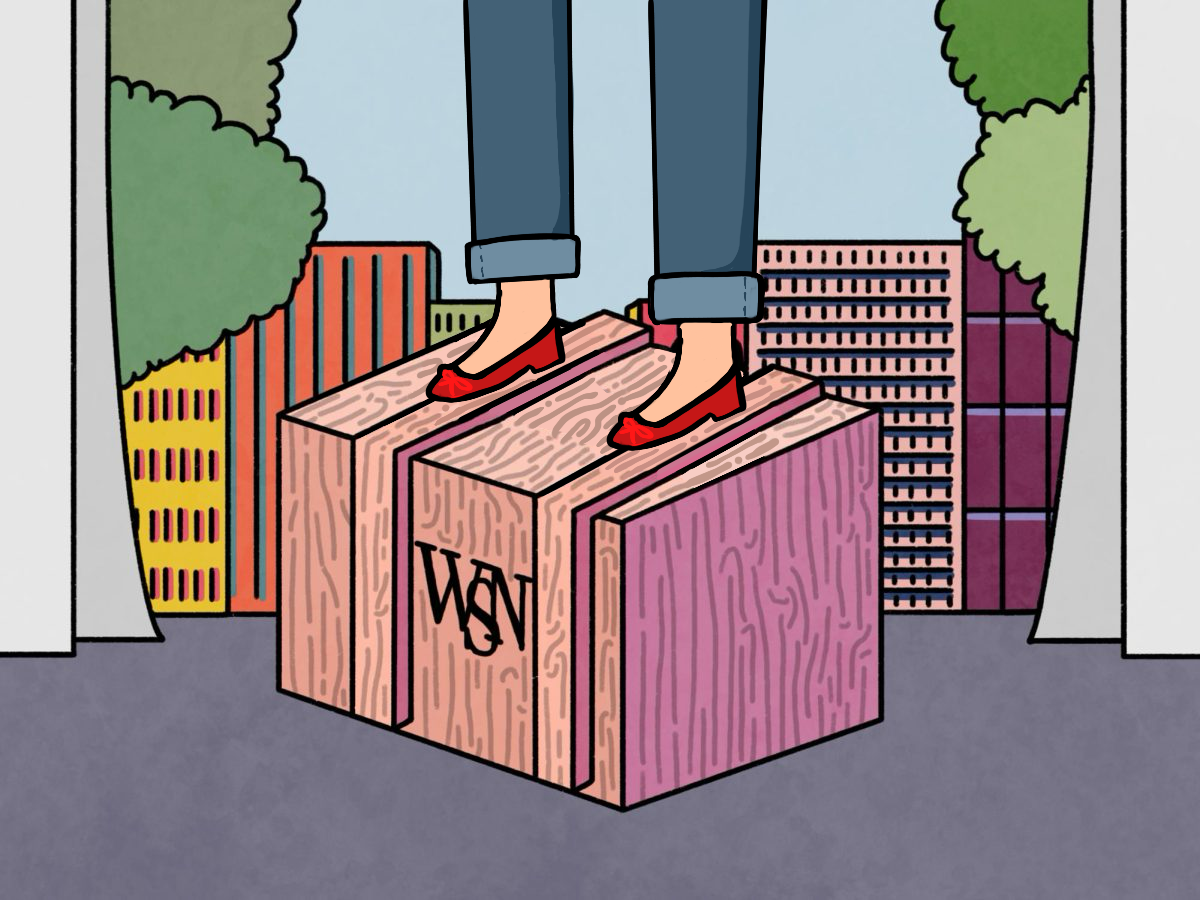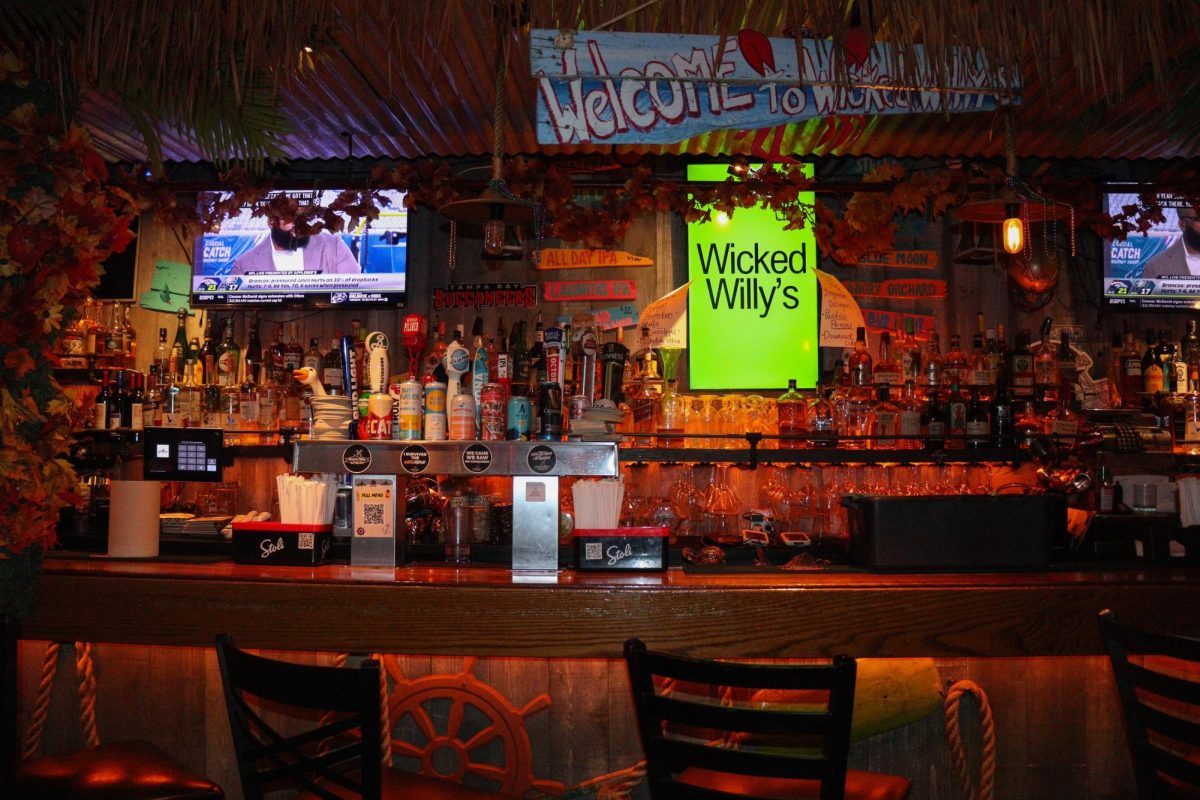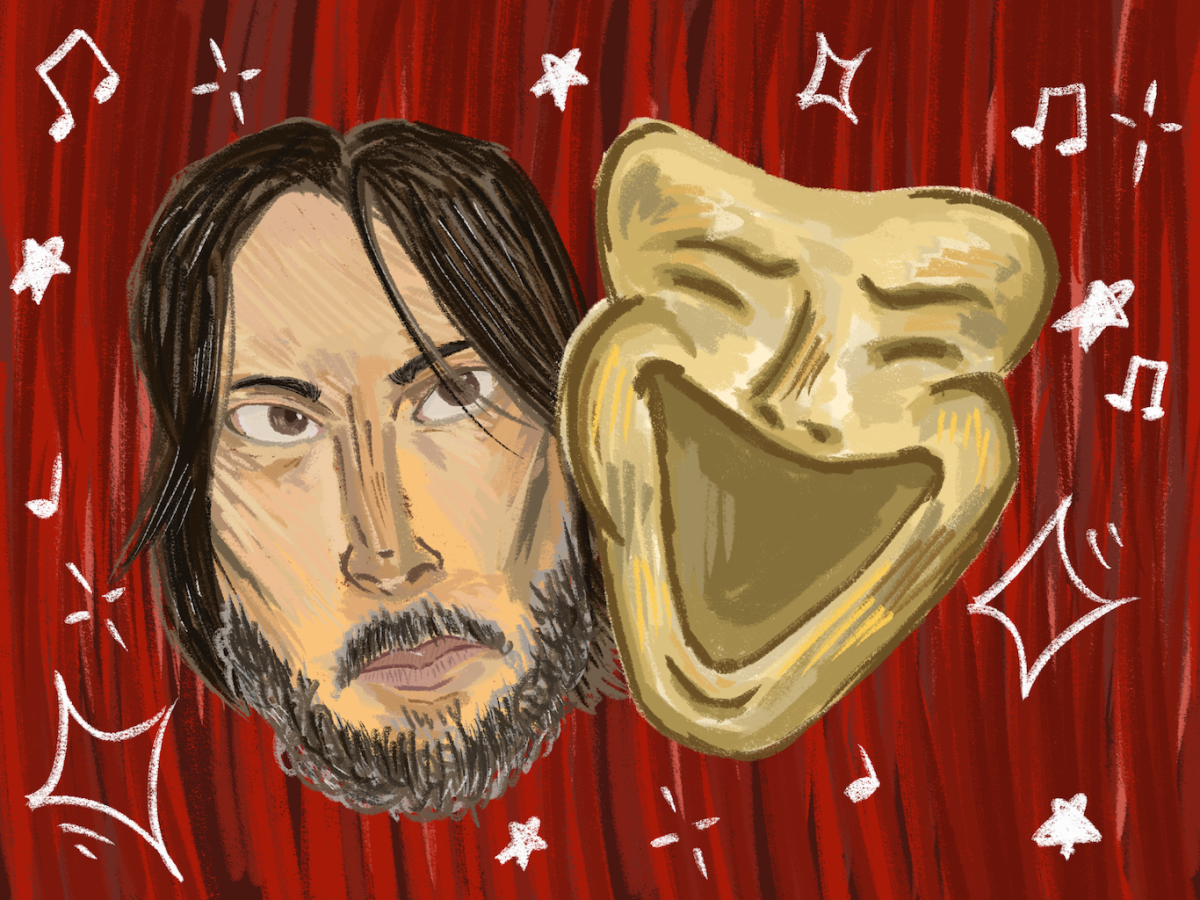Earlier this April, the Broadway Theatre invited viewers to travel back in time to the world of 1920s New York City with the new musical adaptation of F. Scott Fitzgerald’s iconic novel, “The Great Gatsby.” With glittering black-and-gold set pieces and soaring jazz-era music, the musical had a powerful ability to transport viewers back in time. Led by Broadway superstars Jeremy Jordan and Eva Noblezada, the production was completely set up for success. However, despite the beautiful design and quality performances, the show felt uninspired and confused about the heart of its story.
The show follows Nick Carraway (Noah J. Ricketts), who arrives in the fictional town of West Egg, NY to work as a bond salesman. He finds himself a quiet cottage to live in, but his neighbor, Jay Gatsby (Jeremy Jordan), is about to make his life anything but. Across the bay lives Nick’s cousin Daisy Buchanan (Eva Noblezada) and her husband and Nick’s schoolmate Tom Buchanan (John Zdrojeski). Gatsby, though known for his extravagant parties, is an elusive figure, welcoming intrigue when Nick is invited to meet with him personally. Gatsby reveals that he has loved Daisy for a long time and asks Nick to help him find his way back to her. Nick is hesitant, but when he witnesses Tom’s brutal mistreatment of Daisy, he agrees to reunite the pair. In doing so, Nick finds his own love interest in Daisy’s friend and star golfer Jordan Baker (Samantha Pauly). Far from the world of romance and socialites are George Wilson (Charlie Pollock) and his discontent wife Myrtle Wilson (Sara Chase) who find themselves doing the dirty work for their wealthier counterparts, driving conflict in the larger story.
As someone who has not read the original book, I will not comment on its success in adaptation. However, it seemed as though the greater critiques of wealth and privilege were diluted by Gatsby’s relentless pursuit of Daisy. His constant yearning, though heartfelt, came off as melodramatic and cliche, never going deeper than a reignited schoolboy crush. The relationship between Baker and Carraway felt similarly sudden and unconvincing.
This is not to say that the actors behind these characters failed in their performances. In fact, they may be the only reason to see the show. Noblezada is thoroughly enchanting in her role and her voice shines in the song “For Better or Worse” as her character navigates an abusive relationship. Broadway legend Jeremy Jordan is equally as impressive, leading the show with a strong tenor.
Still, the songs themselves were unmemorable. The only composition that felt fresh and exciting was “New Money,” performed by the show’s ensemble and led by what was possibly the strongest vocal performance of the show from Pauly. The issue here is that the musical performances lean heavily into the style of the jazz era, and though appropriate for the time period, they don’t stand out within a modern adaptation of the story. The 2013 film adaptation, on the other hand, effectively avoided this problem by instead opting for modern pop songs like “A Little Party Never Killed Nobody (All We Got)” by Fergie and “Back to Black” by Beyoncé. In making this switch, the score evoked the same excitement in today’s audiences that people from the 1920s may have experienced from their era of music, an effect missing from this current stage adaptation.
“The Great Gatsby” had the potential to reach the same level of success that “The Outsiders” achieved in its musical adaptation to Broadway. However, the former seemed to focus more on building a flashy cast while the latter prioritized forming a uniquely stylized show that truly could not be found anywhere else. If you’re looking for a relatively affordable watch — with tickets starting at $52 — and stellar performances, “The Great Gatsby” may be a good choice. However, you might be left underwhelmed by the show’s lack of depth and unoriginal compositions.
Contact Shiphrah Moses at [email protected].
























































































































































